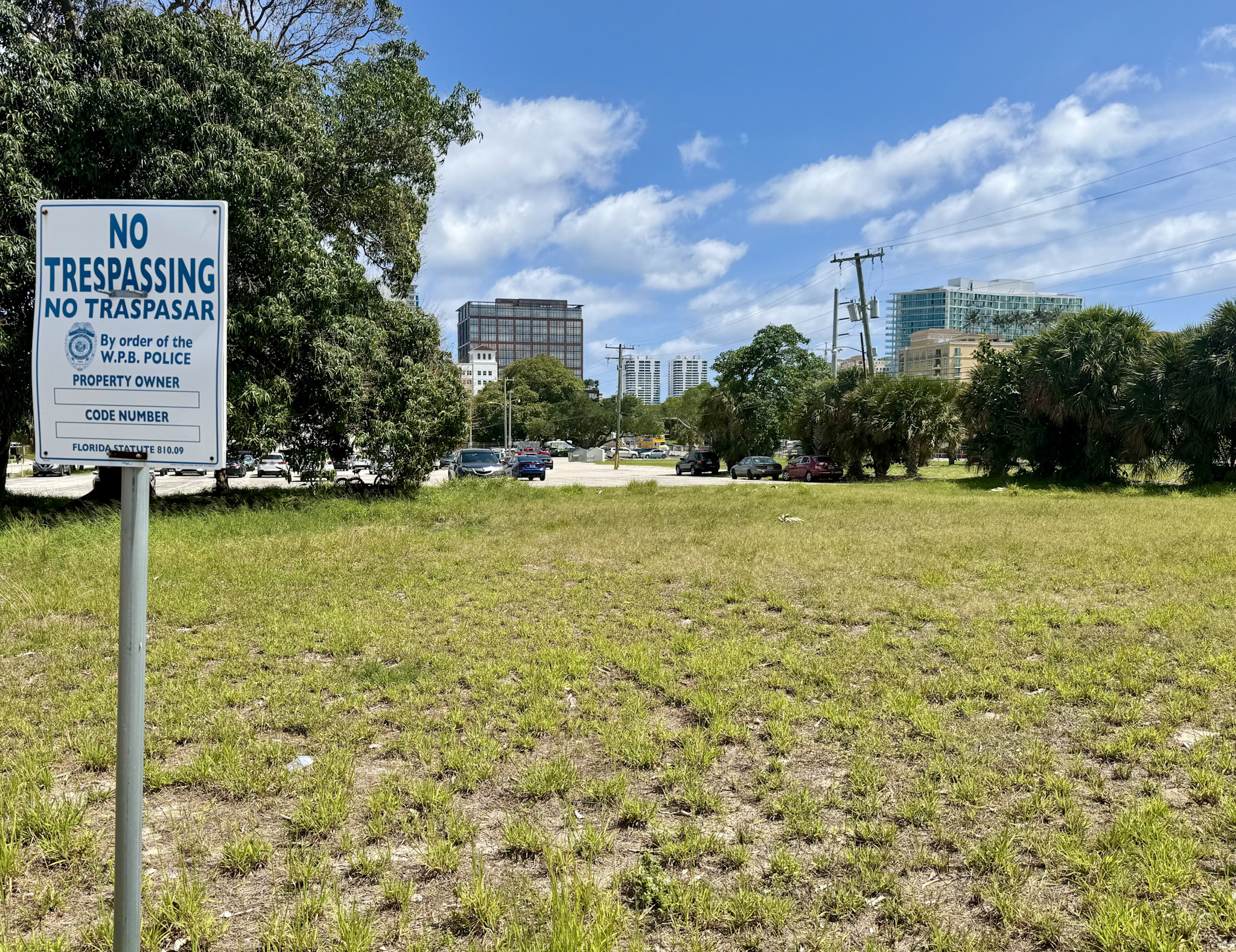
Air pollution is the single largest environmental health risk in Europe and a major cause of premature death and disease. Latest estimates by the European Environment Agency (EEA) show that fine particulate matter (PM2.5) continues to cause the most substantial health impacts.
Sustainable Development Goals (SDGs)
Goal 3: Good Health and Well-being
Air pollution has significant implications for public health, particularly in Europe. It is a leading cause of premature death and various diseases, including stroke, chronic obstructive pulmonary disease, lung cancer, asthma, and respiratory infections. Exposure to air pollution has also been linked to other health conditions such as type 2 diabetes, obesity, systemic inflammation, Alzheimer’s disease, and dementia.
Health impacts of air pollution
Note: Particulate matter with a diameter of 2.5 µm or less (PM2.5), particulate matter with a diameter of 10 µm or less (PM10), ozone (O3), nitrogen dioxide (NO2), benzo[a]pyrene (BaP), and sulphur dioxide (SO2).
Fine particulate matter (PM2.5) is the air pollutant driving the most significant health problems and premature mortality. In 2021, 97% of the urban population was exposed to concentrations of fine particulate matter above the health-based guideline level set by the World Health Organization.
238,000 premature deaths
due to fine particulate matter above WHO-guideline level
The EEA estimates that, in 2020, approximately 238,000 premature deaths were attributable to PM2.5 in the 27 EU Member States. In 2020, premature deaths attributed to exposure to fine particulate matter fell by 45% in the EU-27, compared to 2005.
Residential, commercial, and institutional energy consumption was the principal source of particulate matter in 2020. The manufacturing and extractive industry were also significant sources, while agriculture was an equally important source of PM10. Between 2005 and 2020, emissions of particulate matter, PM10, and PM2.5, fell by 30% and 32%, respectively.
In 2021, the World Health Organization (WHO) published new air quality guidelines following a systematic review of the latest scientific evidence demonstrating how air pollution damages human health. The European Union (EU) has also set standards for key air pollutants in the ambient air quality directives. In the European Green Deal, the European Commission committed to further improving air quality and aligning EU air quality standards with the WHO recommendations. This commitment was echoed in the zero pollution action plan, which aims to reduce air pollution’s health impacts and threats to biodiversity.
- Reduce the health impacts of air pollution (premature deaths) by more than 55%, compared to 2005;
- Reduce the share of EU ecosystems where air pollution threatens biodiversity by 25%, compared to 2005.
Stricter air quality standards would also contribute to the objectives of Europe’s Beating Cancer Plan, as air pollution is a known cause of lung cancer in Europe.
In terms of the past trend, from 2005 to 2020, premature deaths attributed to PM2.5 exposure in the EU-27 fell by 33% to reach 238,000. Should air quality continue to improve, and the number of premature deaths per year continue to fall at a comparable rate in the future,
SDGs, Targets, and Indicators
SDG 3: Good Health and Well-being
- Target 3.9: By 2030, substantially reduce the number of deaths and illnesses from hazardous chemicals and air, water, and soil pollution and contamination.
- Indicator 3.9.1: Mortality rate attributed to household and ambient air pollution.
SDG 11: Sustainable Cities and Communities
- Target 11.6: By 2030, reduce the adverse per capita environmental impact of cities, including by paying special attention to air quality and municipal and other waste management.
- Indicator 11.6.2: Annual mean levels of fine particulate matter (e.g., PM2.5) in cities (population-weighted).
SDG 13: Climate Action
- Target 13.2: Integrate climate change measures into national policies, strategies, and planning.
- Indicator 13.2.1: Number of countries that have communicated the strengthening of institutional, systemic, and individual capacity-building to implement adaptation, mitigation, and technology transfer.
SDG 15: Life on Land
- Target 15.1: By 2020, ensure the conservation, restoration, and sustainable use of terrestrial and inland freshwater ecosystems and their services.
- Indicator 15.1.2: Proportion of important sites for terrestrial and freshwater biodiversity that are covered by protected areas.
SDG 17: Partnerships for the Goals
- Target 17.14: Enhance policy coherence for sustainable development.
- Indicator 17.14.1: Number of countries with mechanisms in place to enhance policy coherence of sustainable development.
Behold! This splendid article springs forth from the wellspring of knowledge, shaped by a wondrous proprietary AI technology that delved into a vast ocean of data, illuminating the path towards the Sustainable Development Goals. Remember that all rights are reserved by SDG Investors LLC, empowering us to champion progress together.
Source: eea.europa.eu

Join us, as fellow seekers of change, on a transformative journey at https://sdgtalks.ai/welcome, where you can become a member and actively contribute to shaping a brighter future.






